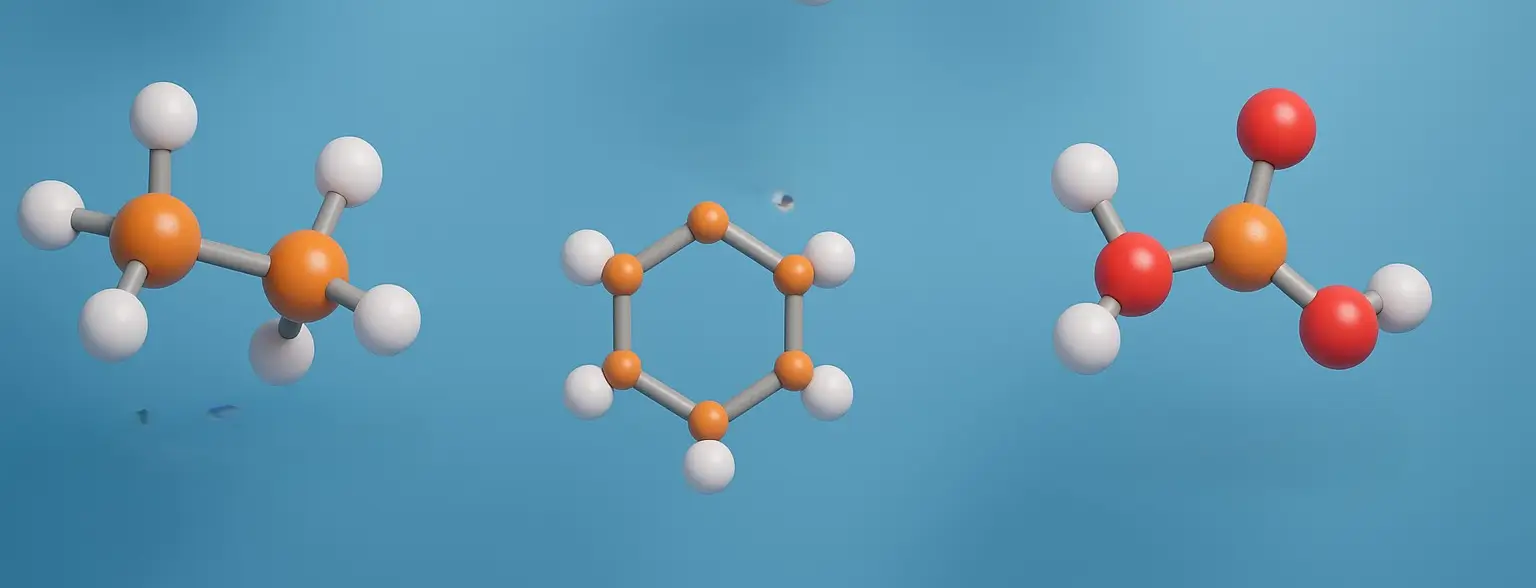- IUPAC Systems (International Union of Pure and Applied Chemistry) has established a standardized system for naming organic compounds, ensuring clear and unambiguous communication among chemists.
- IUPAC system applies to open-chain (aliphatic) compounds, carbocyclic compounds, and compounds containing functional groups.
- Below is a concise overview of the IUPAC systems nomenclature system for organic compounds with up to 10 carbon atoms.
Open-Chain (Aliphatic) Compounds
-
Alkanes (Saturated Hydrocarbons)
- Alkanes are hydrocarbons with only single bonds between carbon atoms.
- Naming rule: Prefix (indicating the number of carbon atoms) + suffix “-ane”.
- 1 carbon: Meth-
- 2 carbons: Eth-
- 3 carbons: Prop-
- 4 carbons: But-
- 5 carbons: Pent-
- 6 carbons: Hex-
- 7 carbons: Hept-
- 8 carbons: Oct-
- 9 carbons: Non-
- 10 carbons: Dec-
- Example: “Pentane” for a hydrocarbon with five carbon atoms.
-
Alkenes and Alkynes (Unsaturated Hydrocarbons)
- Alkenes: Have one or more double bonds.
- Alkynes: Have one or more triple bonds.
- Naming rule: Suffix “-ene” for alkenes, “-yne” for alkynes. The position of the multiple bond is indicated by a number.
- Examples:
- “Pent-2-ene” (five-carbon chain, double bond between the second and third carbons).
- “Pent-1-yne” (five-carbon chain, triple bond between the first and second carbons).
This is a sample ad placement!
Carbocyclic Compounds
-
Cycloalkanes (Saturated)
- Cycloalkanes are cyclic hydrocarbons with only single bonds.
- Naming rule: Prefix “cyclo-” + alkane name (based on the number of carbon atoms in the ring).
- Example: “Cyclohexane” for a six-carbon ring.
-
Cycloalkenes (Unsaturated)
- Cycloalkenes contain at least one double bond in the ring.
- Naming rule: Prefix “cyclo-” + suffix “-ene”, with numbers indicating the position of the double bond.
- Example: “Cyclohex-1-ene” for a six-carbon ring with a double bond between the first and second carbons.
Naming Substituents and Functional Groups
- Substituents and functional groups are named with prefixes or suffixes, and their positions on the chain or ring are indicated by numbers. Below are common functional groups:
- Alcohol: Suffix “-ol” (e.g., ethanol) or prefix “hydroxy-“.
- Amine: Suffix “-amine” (e.g., methylamine) or prefix “amino-“.
- Aldehyde: Suffix “-al” (e.g., formaldehyde) or prefix “formyl-“.
- Ketone: Suffix “-one” (e.g., propanone) or prefix “oxo-“.
- Carboxylic Acid: Suffix “-oic acid” (e.g., acetic acid) or prefix “carboxy-“.
- Ester: Suffix “-oate” (e.g., ethyl acetate).
This is a sample ad placement!
Thank you for reading from Firsthope's notes, don't forget to check YouTube videos!

